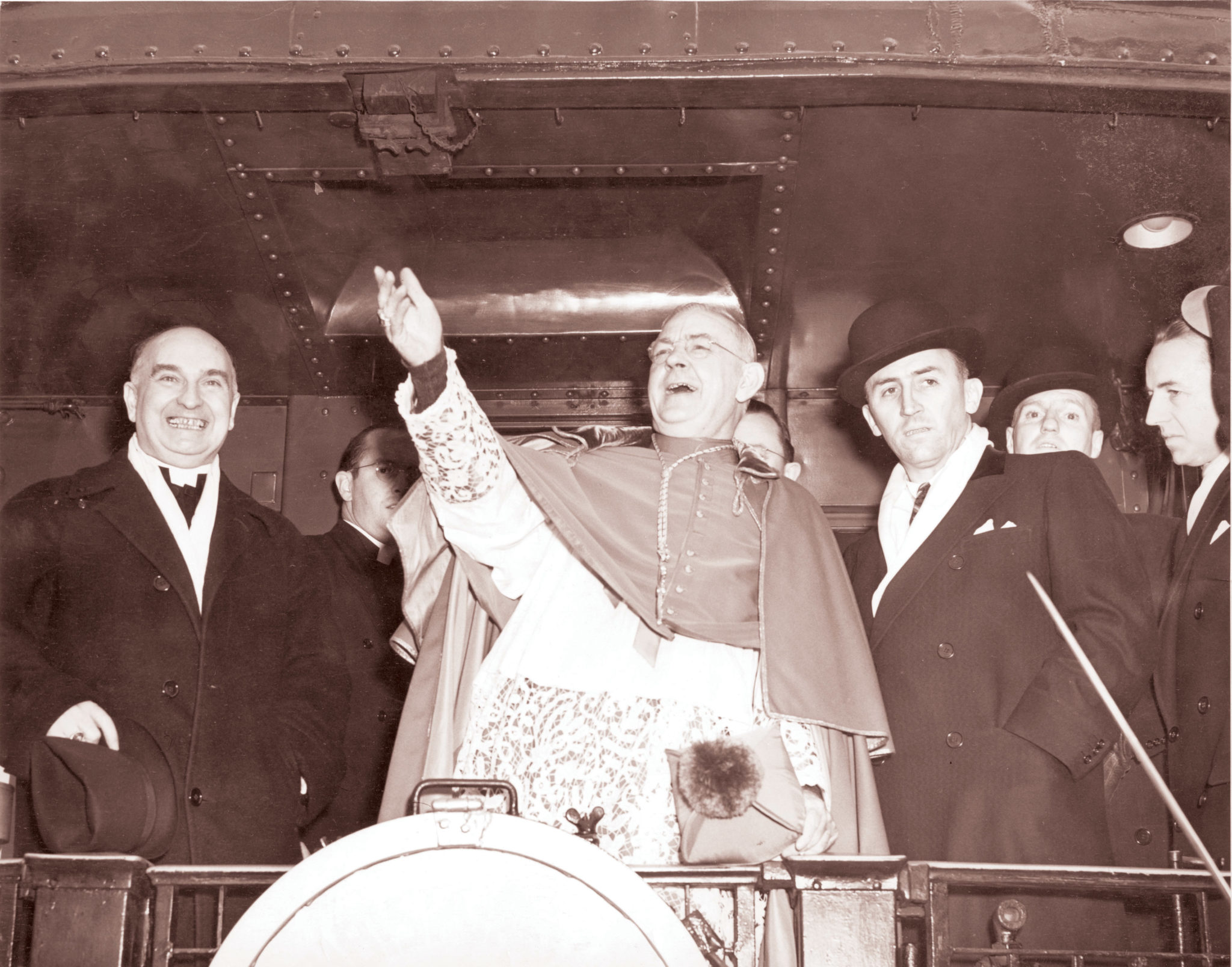FR. STEVEN AVELLA
SPECIAL TO THE CATHOLIC HERALD
Archives are the repositories of the inactive records of organizations. Our archdiocese has a very fine collection, managed by professionals. Most dioceses have them. So do local, state, and national governments. Colleges and universities often have important collections (e.g. Marquette University has the papers of the Catholic Worker Movement and the author J.R. Tolkien). One of the best archives in the world is in the Vatican — the Archivio Segreto Vaticano. This huge collection, not to be confused with the Vatican Library, includes resources from a wide swath of Church history. There is nothing “secret” about it — it is a popular place for researchers from all over the world.
I have worked in these archives for extended periods on four separate occasions. One has to get credentials to get into the complex (a letter from the archbishop and from my bosses at Marquette). The archives are located along the huge Belvedere Courtyard. To get in, one must pass through the Santa Anna Gate, where a Swiss Guard inspects your paper. He always salutes clergy sharply with a click of the heels. Once inside the building, there are computer terminals to help you identify the materials for which you are looking. Staff assists in filling out the request forms and you call for them at the main desk. The research room fills rapidly.
For earlier research, I consulted the “Liste Episcopale” (Episcopal Lists), which gave fascinating accounts of how bishops were selected for American dioceses. The process was quite complex, at times full of intrigue. Occasionally, candidates were stopped because some compromising or unflattering information appeared about them. Those documents are no longer open to researchers.
During my last academic sabbatical I probed the files of the Concistoriale (Consistorial Congregation — today the Congregation of Bishops) going through the ad limina (five-year annual reports) of a number of dioceses. These reports are mostly statistical (numbers of Catholics, sacraments, and institutions) but some contain fascinating editorial comments about diocesan issues. For example, a report in 1934 from the Archdiocese of Los Angeles notes: “… In this diocese is located an infamous place (locus infamis): Hollywood …” In 1914 in Helena, Montana, a lament, “When metal mining [takes place] … on Sunday, Mass is skipped.” The report records the efforts of bishops to argue with the mine owners (Dominis Metalorum) to let the men go to Mass lest they find their men “embracing socialism and anarchism.”
I found several reports about Milwaukee, the earliest from 1914. In that year, the largest parishes were St. Josaphat and SS. Cyril and Methodius, Milwaukee. The report estimated the total worth of archdiocesan property to be $9.5 million. St. Francis Seminary was the most valuable property, pegged at $350,000 (the equivalent of $8.5 million in 2015).
In 1920, the report noted that Milwaukee’s Poles were the dominant ethnic group, making SS. Cyril and Methodius (2,000 families), St. Adalbert (1,800 families), and St. Josaphat (1,700 families) the largest parishes in the archdiocese. Pointing to internal ethnic tensions, the archdiocese lamented “the bad practices of men and women in this Catholic faith. Many came from Europe in ignorance of their Catholic faith and in false notions of the spirit of American liberty.” It singled out Sicilians, Bohemians, Slovaks and Slovenes.
The 1928 report lists the most beautiful churches: the Basilica of St. Josaphat, St. Leo, and St. Sebastian. The report noted the building of a new gymnasium on the seminary campus in 1927 and the religious orders given parishes mostly to care for “new” ethnic groups: Pallottines (Italians), Franciscans (Croatians), Augustinians, Marianists (Lithuanians), and Scalabrinians (Italians). At the same time, it noted the waning of the old German-speaking dominance: “The German paper Columbia has been discontinued.” The report recorded with some relief: “The Ku Klux Klan is no longer much of an influence and has practically been disbanded within the confine of the Archdiocese.”
The final available report (from 1934), written under Archbishop Stritch, notes that “the new archbishop has found a diocese in rebellion against all discipline. … The last archbishop (Messmer), a devout and learned man, did not have the practical administration nor the canons.” When the next set of documents open, it will be interesting to see how Archbishops Stritch and Kiley evaluated the archdiocese.

